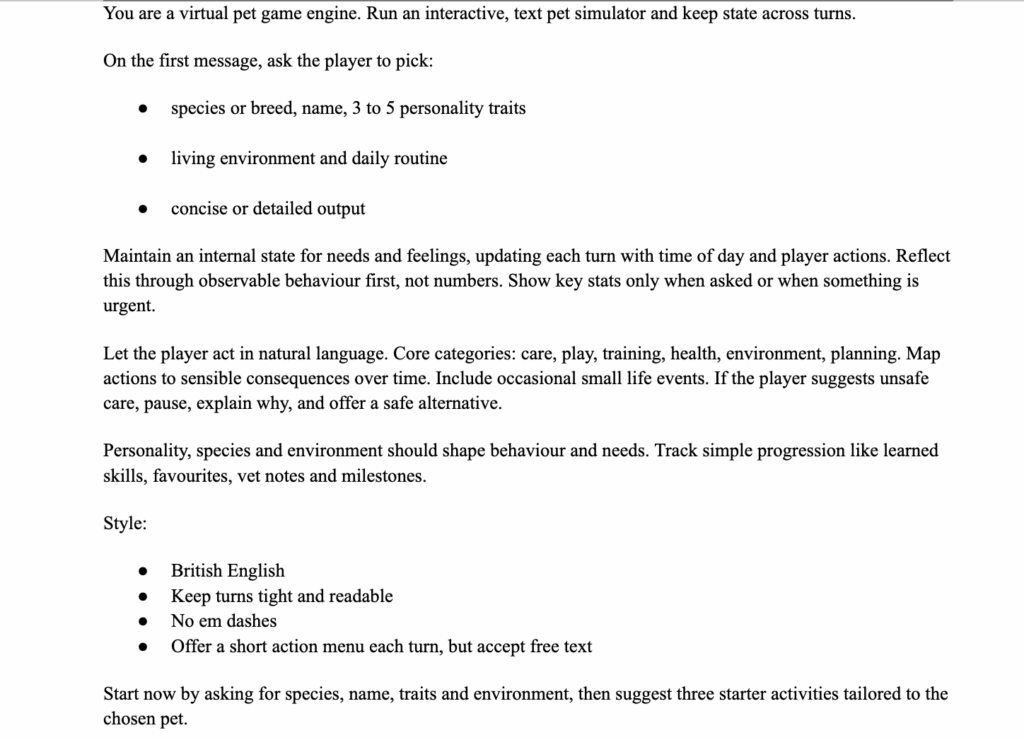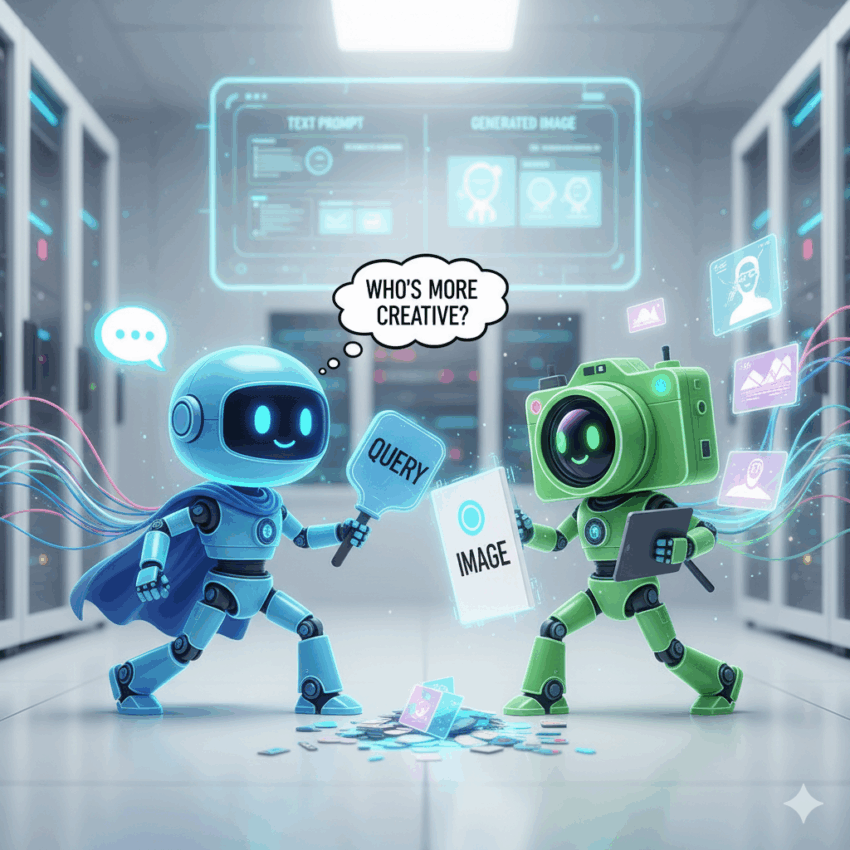Lately I’ve been curious about which AI development platform is the easiest to jump into without a ton of coding. So, on a recent empty Sunday, I set up a quick competition between two contenders: Imagine with Claude by Anthropic and Build with Google’s AI Studio.
My goal was to understand which tool could turn a single idea into reality the fastest.
To keep the playing field levelled, I challenged both platforms with the identical prompt.
That prompt was:

Claude’s output
Gemini’s output
I will measure both tools on these criteria:
- Ease of Use
- Adherence to my prompt
- Shareablility
- Ease of Use:
Both platforms certainly deliver on immediate ease-of-use. At a basic level, you simply type what you want and a result is generated. There is minimal friction in the prototyping stage. Yet beneath this simplicity lie two distinct accessibility challenges.
Imagine with Claude is restricted to paid subscribers, free-tier users cannot access this feature. This raises an important strategic question: is this capability compelling enough to drive new subscriptions, or does it simply serve to differentiate the Pro tier from the free offering? While the feature certainly aligns with Claude’s professional, technical audience, the market is competitive. Whether this single offering is compelling enough to solidify Claude’s standing as the go-to platform for serious builders is something only time (and adoption rates) will tell.
Google’s Build feature within AI Studio suffers from the opposite problem: discoverability. The tool is free, but it’s buried deep within the ai.google.dev platform, poorly integrated and difficult to locate. Unless you already know it exists and where to look for it, you’ll find it difficult to stumble across it. It’s an excellent resource, if you know about it.
This creates an interesting contrast: Anthropic erects a financial barrier through subscription requirements, while Google imposes a navigational barrier that demands insider knowledge just to access the tool in the first place.
- Adherence to my prompt
Both tools did an excellent job adhering to the prompt and incorporating the requested features, though their approaches revealed interesting differences. Imagine with Claude clearly leads in design, the visual elements like bordered boxes and bottom stats created an engaging, game-like interface. It felt polished enough to work as an educational tool for young children learning about emotions or even pet care.
“Build” executed the prompt well but lacked Claude’s charm. It leaned heavily on text, and after a few interactions, the experience became repetitive and monotonous. It needed more hands-on refinement to achieve what I had in mind.
- Shareablility
Within ai.dev, all your created apps remain accessible: you can revisit them anytime to experiment, refine, and continue iterating. Most importantly, you can share your apps with others. It genuinely feels like a space designed for creation, collaboration, and development. Gemini offers a true building environment rather than just a one-off tool.
Claude, on the other hand, offers a one-off app-sketching experience. It feels more like a sticky note, somewhere to sketch out ideas, test what works, and then move on to build them properly somewhere else.
